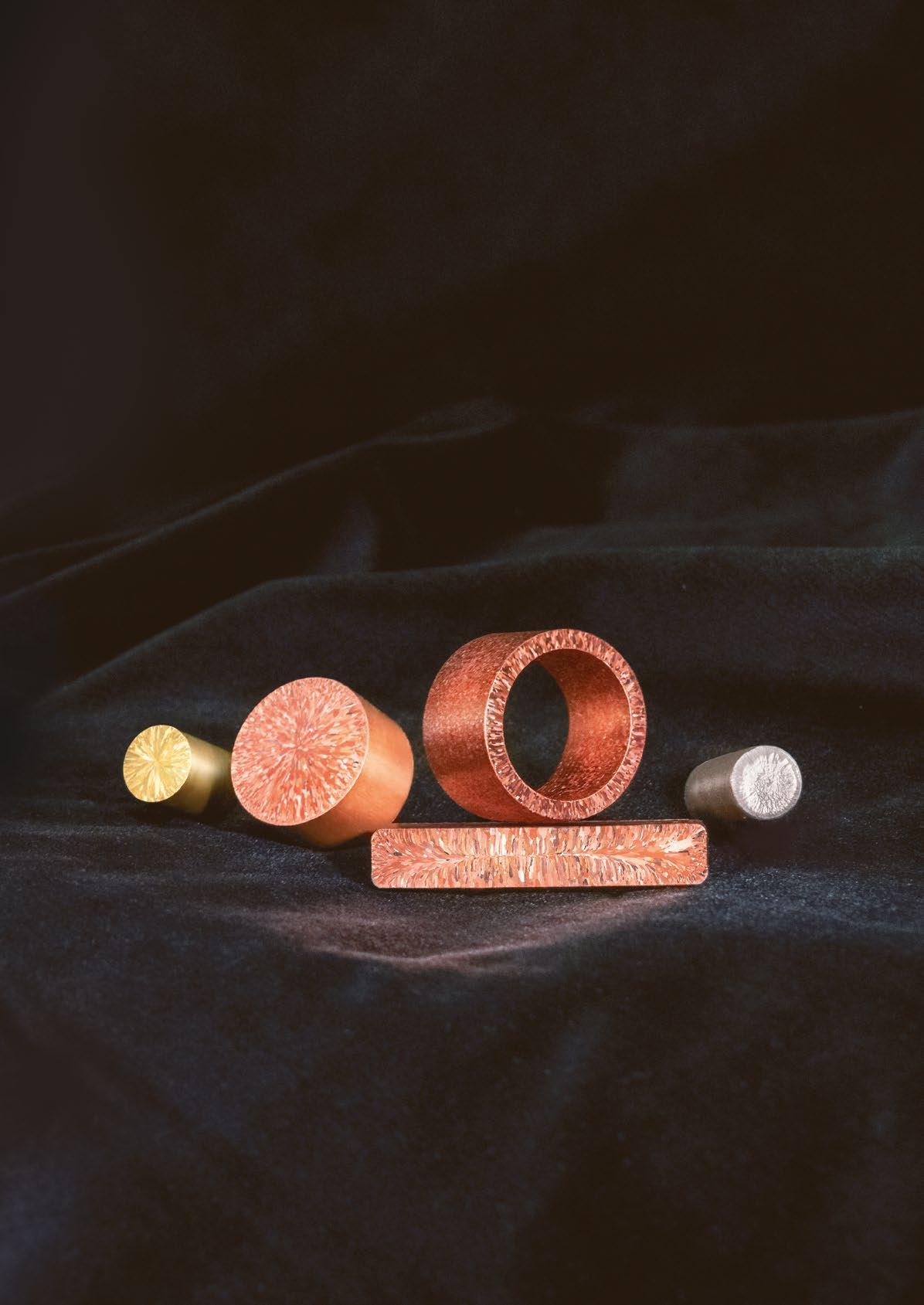
UPCAST OY is the exclusive supplier of the original UPCAST® process and the leading supplier of upward continuous casting technology.
UPCAST® Introduction
UPCAST’s legacy
– Original UPCAST®
The upward continuous casting technology, better known as the UPCAST® process, was originally developed within the Finnish Outokumpu Group in the late 60s. The outcome was the result of innovative thinking and long production experience. The first UPCAST® production line was installed in 1971 at the group’s own facilities in Pori, Finland and is still in operation and up to date thanks to a number of modernizations. This first production line has been followed by a continuous string of others delivered worldwide, establishing UPCAST® technology as the undisputed market leader in its field.
When Outokumpu Group made the decision to divest its copper business, a new, independent company UPCAST OY was established in 2006 to carry the UPCAST® legacy into the future. UPCAST OY is the exclusive supplier of the original UPCAST® process.
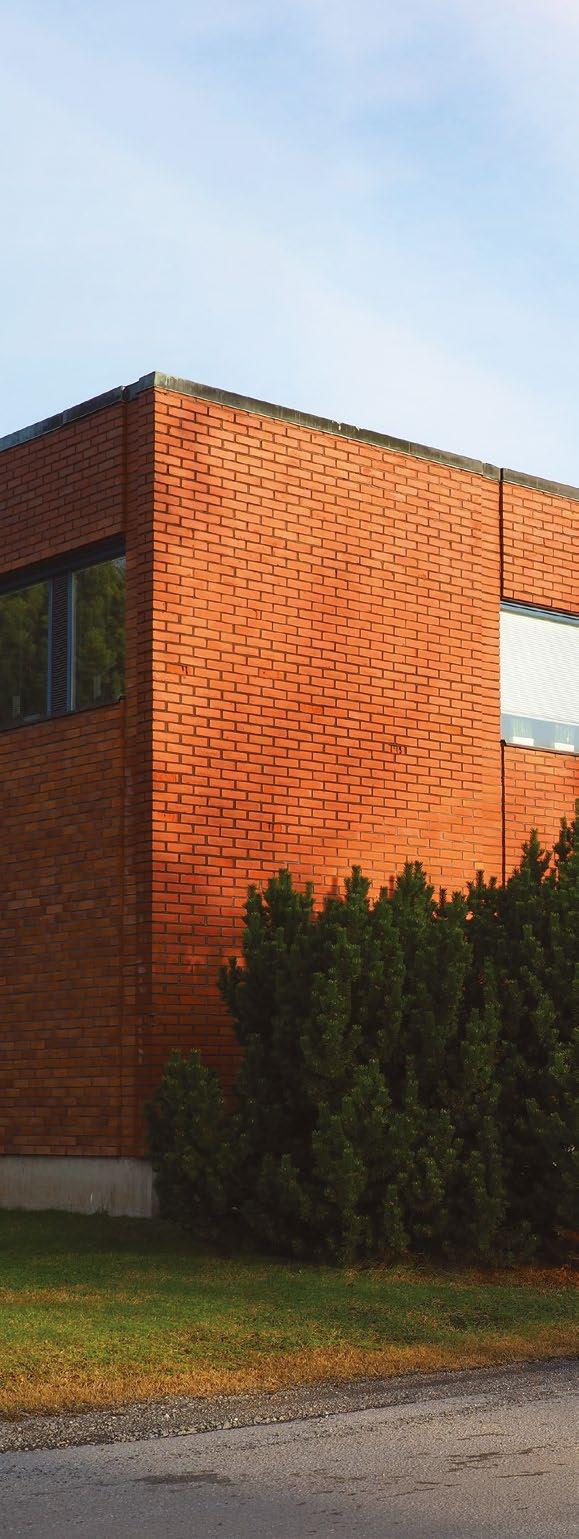
It is not by chance that UPCAST® today enjoys a marketleader status. It is the inevitable result of of combining market and production knowledge with technical knowhow and long experience.
Today the people at UPCAST OY still share both the innovative spirit and understanding of factoryfloor realities that characterized the early UPCAST® pioneers.
Leading edge technology combined with a strong commitment to customer support and continuous research and development work provides all the UPCAST® customers – existing and new – with unique performance.
Upward casting since 1968

UPCAST® Technology
The UPCAST® continuous casting line produces top quality cast rod and tube for various applications.
The UPCAST® Process is simple and easily operated through an advanced control system. UPCAST® lines are customized to meet each customer’s diverse needs, the core components being a furnace system and casting machine. A cathode and/or recycled copper charging system and rod/tube coilers are individually designed to match each line’s requirements. The line is also perfectly suitable for copper and other nonferrous metal alloys.
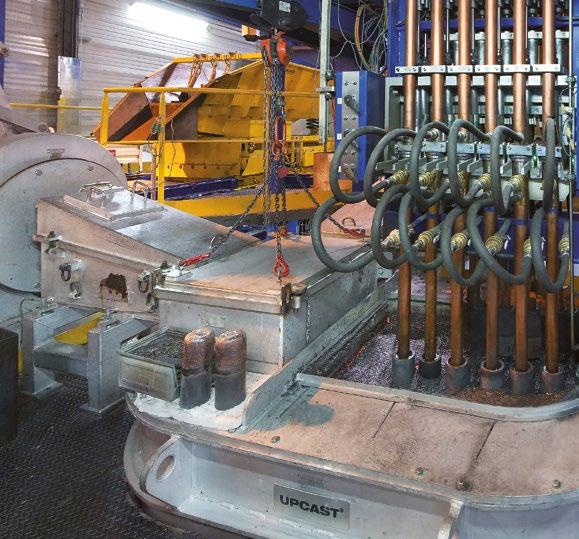
Raw material
In order to produce highest quality Cu rod or tube, the best choice for raw material is copper cathodes. Cathodes are the most used material for the process – however it is possible to use recycled copper scrap as well. Recycled copper must be as pure as possible and requires a longer dwell time in a melting furnace before the casting itself. Therefore it is recommended to use a separate melting furnace for copper scrap.
Furnaces
Depending on the output requirements, there are several furnace types to choose from. All the furnaces are electrically heated with channel inductors – either with single- or double-loop types. A stepless power supply and control system are used as standard. The smooth power adjustment reduces energy consumption, extends inductor service life and eliminates harmonic resonances from the inductor circuit.
A single-furnace configuration is recommended for a casting capacity up to 12,000 TPA. It is an open-top compact unit built around a combined melting/casting furnace.
A double-furnace line is applicable for an output of up to 40,000 TPAs. The double-furnace system has separate melting and casting furnaces.
A triple-furnace arrangement with two melting furnaces and one casting furnace is a good solution when recycled copper (scrap) or both cathodes and scrap are used as feedstock.
Casting machine
UPCAST® casting machines are multistrand systems with individual coolers for each strand. The higher the output of the casting line, the more strands are used. The coolers are fixed to the casting machine frame located above either the combined single furnace or the separate casting furnace of the double- or triple-furnace systems. The servomotor-driven withdrawal system pulls the cast products upwards through coolers. From there the rods/tubes are guided to coilers, which are typically double coilers with two separate coilers for rod, or individual, more robust ones for tube.
It is possible to cast different rod/tube sizes simultaneously. Changing from one diameter to another is as simple as changing coolers and running a different casting program in the computer controlling the servomotor drive system. Naturally, there can be more than one drive system in the same frame, enabling a simultaneous casting of different rod/tube sizes. Removing or adding coolers will not disturb ongoing casting of other strands, thus providing high availability for the process. A daily adjustment of production output is easy by simply varying the number of operative strands.

There are plenty of customers all over the world casting the Cu-OF 8 mm rod with UPCAST® technology, which can be further processed to the finest diameters of top quality wires.
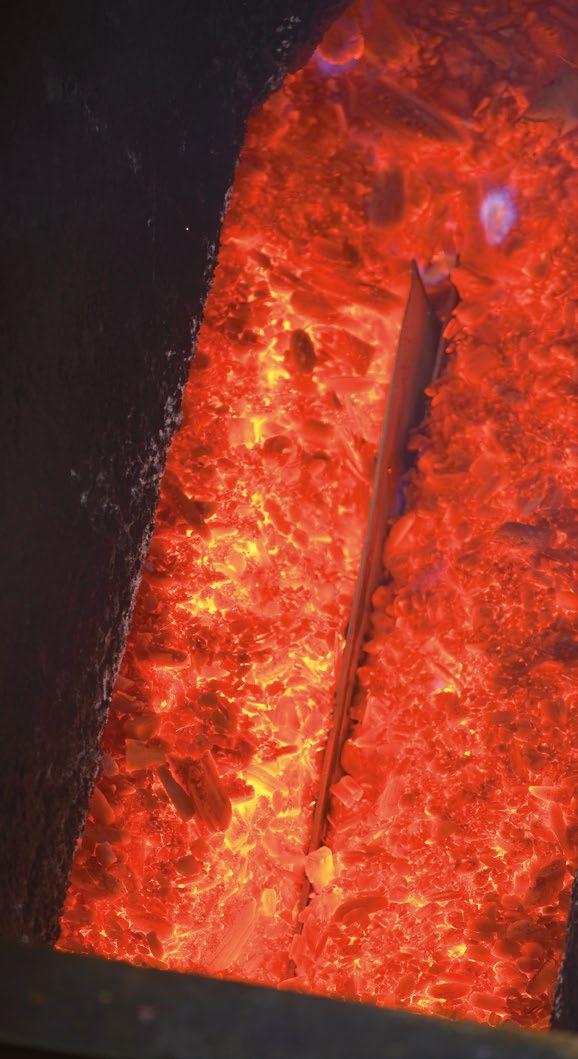
Maximum versatility, minimum costs.
The majority of UPCAST® lines produce rod – both Cu-OF and alloys. Most commonly, the cast rod diameter is 8 mm which is the industry standard for wire and cable. Bigger diameters are cast for manufacturing a variety of products e.g. bus-bars, trolley wires, electroplating anodes etc.
 UPCAST® Rod
UPCAST® Rod
UPCAST®-produced oxygen-free copper is a single-phase material containing less than 3 ppm oxygen. The UPCAST® process delivers the cast product directly at its final size without any hot rolling involved. This eliminates the possibility of rolling-induced inclusions and minimizes the thickness of the surface oxide layer. These factors give UPCAST® oxygen-free copper rod superior ductility, in addition to its excellent electrical conductivity.
UPCAST® copper rod is well-suited for all electrical applications and has become the preferred feedstock especially for fine and multi-wire drawing, where ductility requirements are the most demanding, and enamel wire production, where surface finish is of utmost importance.

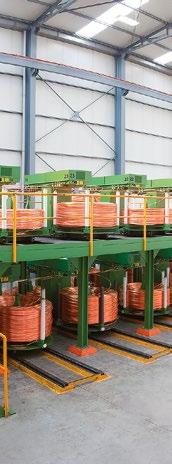
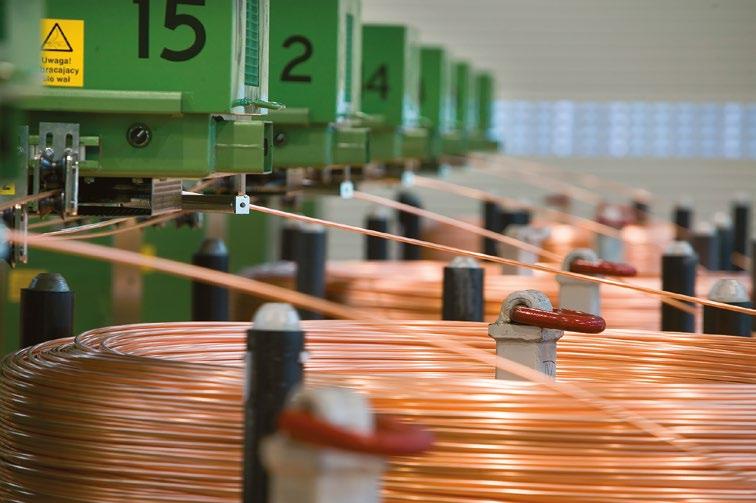
CuMg

UPCAST® SGTube
A shortcut in copper tube production.
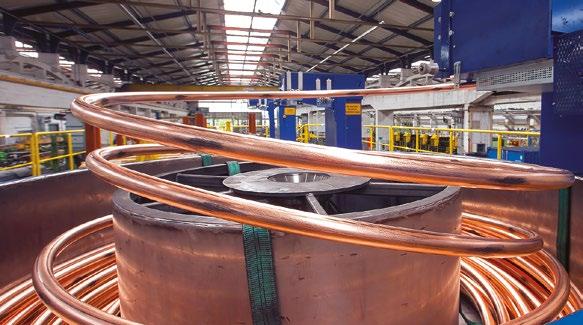
The technology bypasses, in one big leap, many costly steps needed in conventional tube production methods.
Small grains, Big gains
The UPCAST® SGTube system produces thin-walled copper tube in heavy coils ready for further processing. The unique method uses straight drawings to opposite directions before the intermediate annealing stage, assuring the smallest possible grain size for the cast tube.
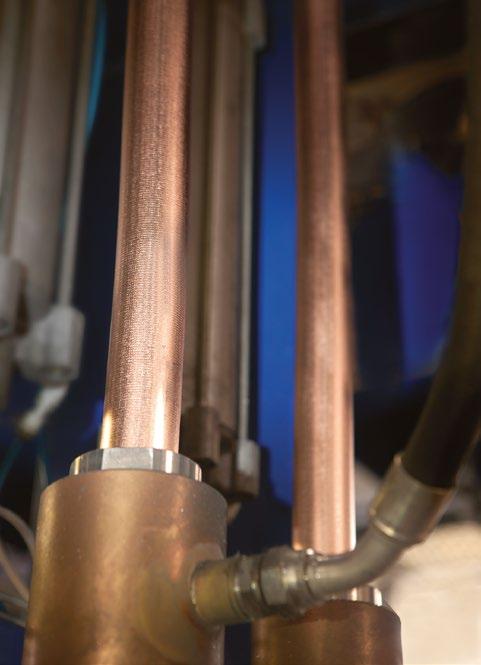

Flexible customized solutions
UPCAST® SGTube lines are modular and the customer can choose between single-
and double-furnace configurations with a capacity range up to 14 000 tons. A common outer diameter extends from 38 mm to 52 mm with a wall thickness of 2 mm–3 mm. The optimum dimensions for the cast tube depend on the size of the finished tube.
The main application for the UPCAST® SGTube is the casting of phosphor deoxidized copper (Cu-DHP) tube for sanitary, industrial and ACR (air conditioning and refrigeration) tubing. The process is also suitable for other copper grades such as oxygen-free copper (OF Cu) and copper nickel (CuNi). ®
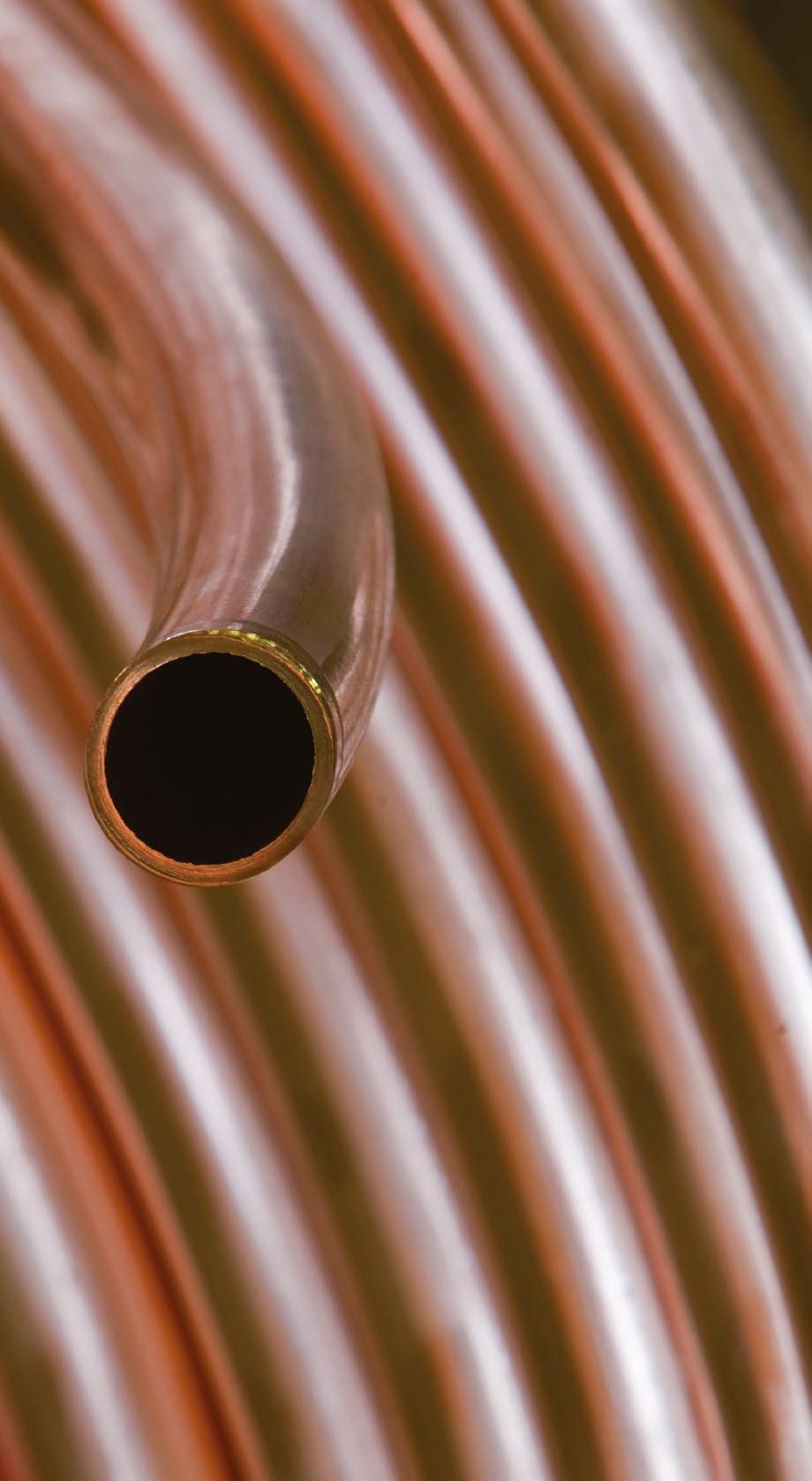
For every new alloy it is assured through testing that with the UPCAST® process the alloy in question can be produced into high quality cast products that meet customer requirements in terms of their high quality raw material.
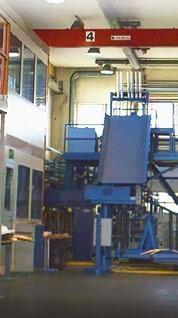
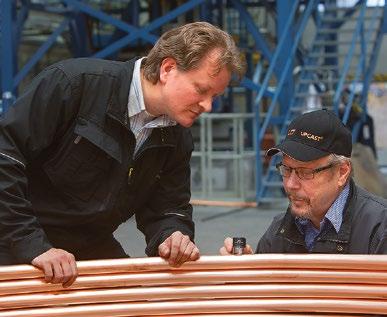

UPCAST® Research & Development – based on future requirements.
Ongoing cooperation with the customers and listening to the market requirements set the direction for the future.
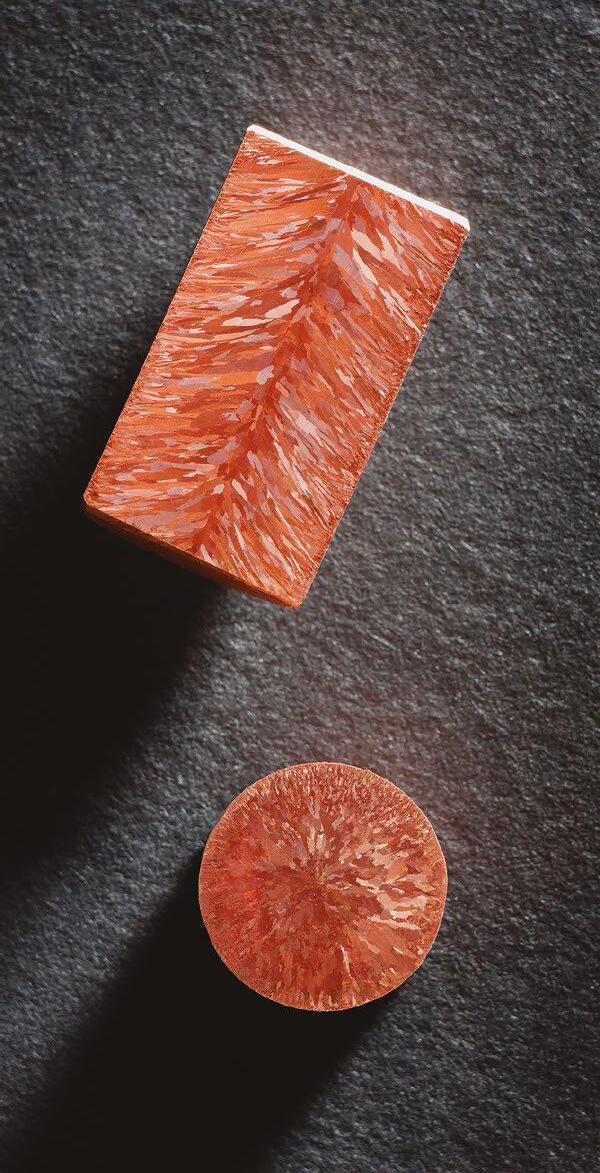 Continuous product and process development.
Continuous product and process development.
Maintaining the market leader status is not only about the number of delivered UPCAST® upward casting lines, it is more about providing the customers with the highest possible quality and the latest cost efficient technology.

Innovations. The UPCAST® Pilot Plant has two casting lines for testing and developing the process, products and equipment.

Various trials are continuously carried out at the plant for new alloys, various diameters / wall thicknesses of tube and rod, as well as for different cast shapes.
In addition, by request, the UPCAST® R&D team is available for development support and, for example, to prepare samples for customers to review and make quality tests for their further processes.
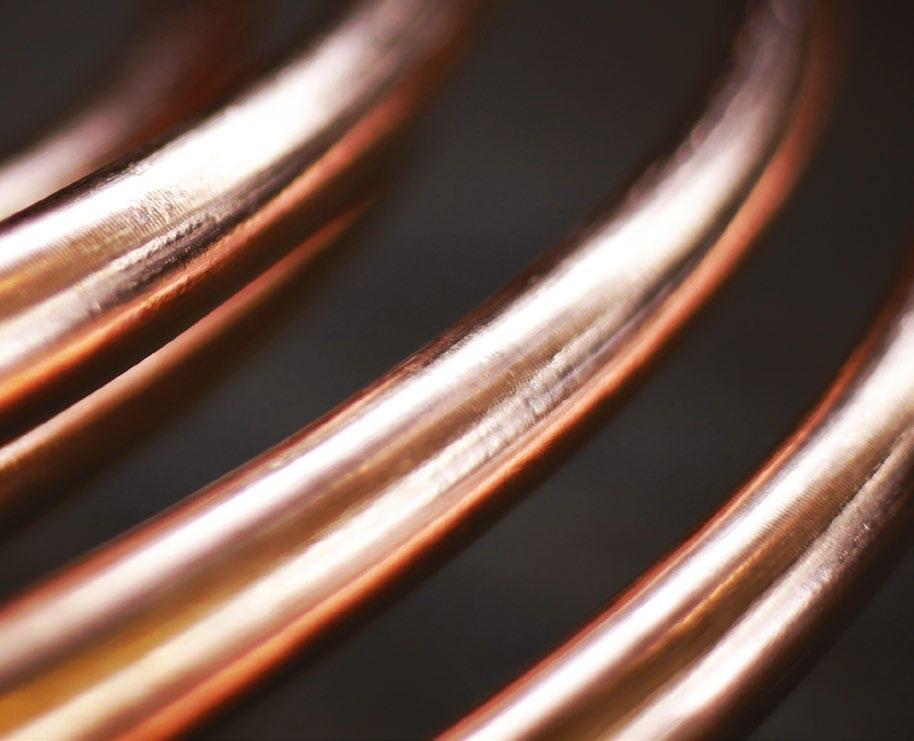
UPCAST® Technology in itself has always been an environmentally friendly process – GREENCAST. The company is committed to maintain this momentum by continuous further development of UPCAST® GREENerCAST.

UPCAST® Process
The energy efficiency of UPCAST® Process is based on the optimal energy transfer, frequency converter power supply, energy efficient long life inductor and optimal material efficiency with less process scrap. All of this means a minimum amount of process stages and optimized capacity.
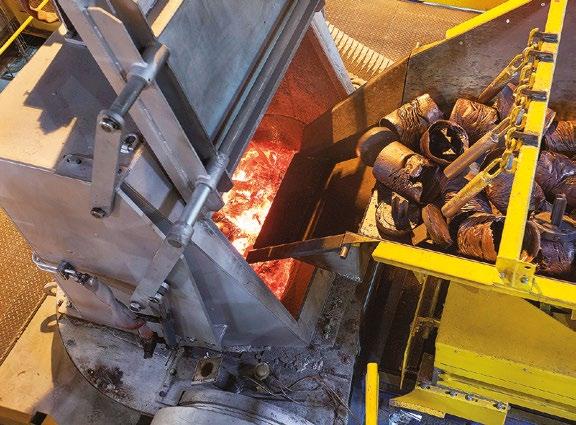
Copper’s unique thermal and electrical conductivities make it a superior material for various heat transfer and conductivity applications reducing heat losses and improving energy efficiency, thus reducing the life cycle impacts of the use phase. Scrap used as additional feed in fabrication reduces lifecycle impacts significantly.
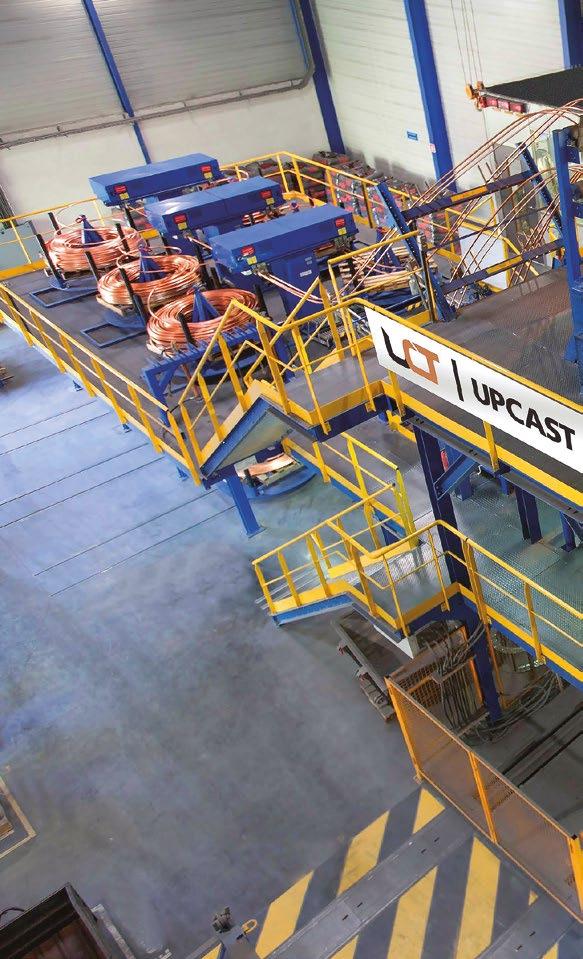
Even a 10% reduction in energy consumption means a remarkable amount of money in production costs.
The sustainability advantages of UPCAST® Process are undisputable, and direct environmental effects are minimized.
With the right combination of the furnace, the inductor attached to it and the lining materials, the energy consumption can be minimized.
Energy consumption is the biggest individual cost factor in the production. The power supply can be controlled steplessly, enabling any power range to be used efficiently.
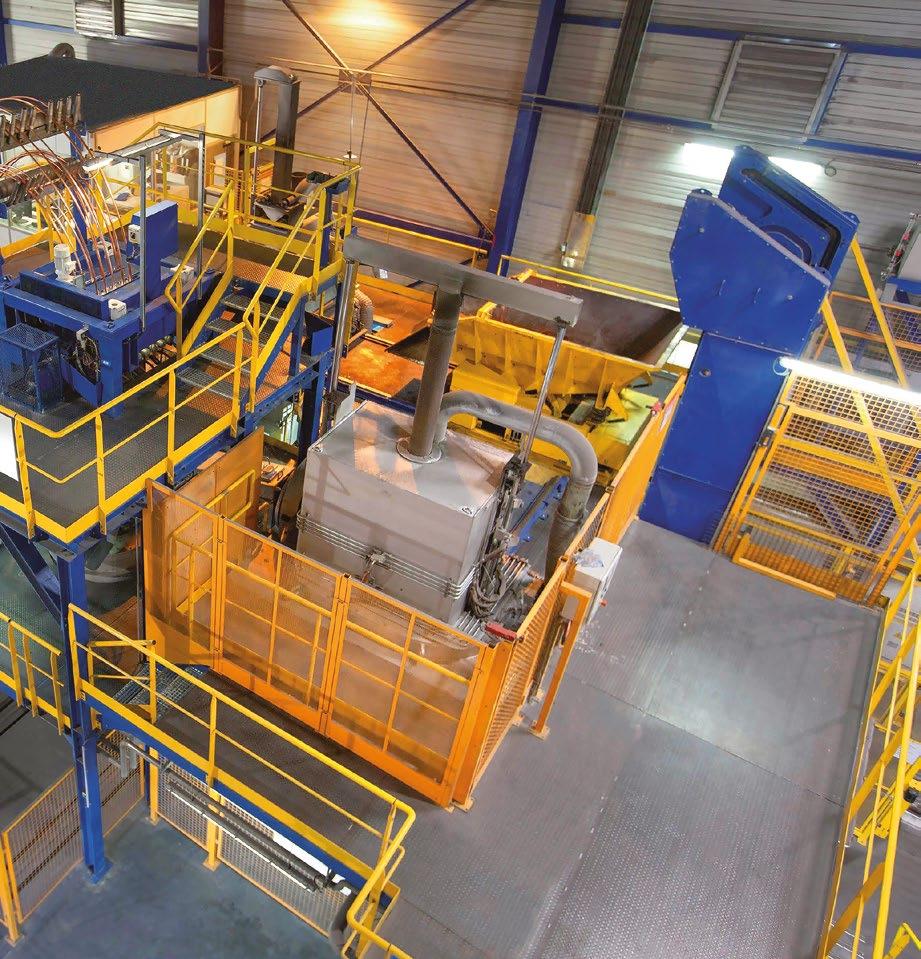
With transistor converters, the exact amount of power needed can be used, which also reduces the amount of heat losses. The variation of temperature is also reduced, thus, saving even more energy.
Even a 10% reduction in energy consumption means a remarkable amount of money in production costs, which directly impacts customer competitiveness and the payback time of the investment.
Optimising energy consumption also makes the lines more environmentally friendly.








 UPCAST® Technical Customer Service is widely known for its professional and committed personal.
UPCAST® Technical Customer Service is widely known for its professional and committed personal.
